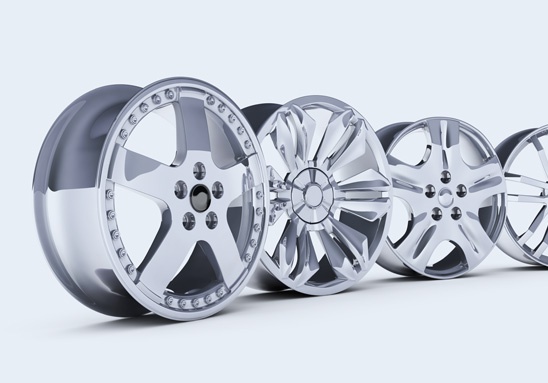jul . 30, 2024 05:06 Back to list
Steps to Effectively Replace Hydraulic Seals for Improved Equipment Performance and Longevity
Hydraulic Seal Replacement A Comprehensive Guide
Hydraulic systems play a crucial role in various industries, from manufacturing and construction to automotive and aerospace. A key component of these systems is the hydraulic seal, which prevents fluid leakage and ensures efficient operation. However, seals can wear out over time due to pressure, temperature fluctuations, and environmental factors, necessitating their replacement. This article provides a comprehensive guide on hydraulic seal replacement, focusing on its importance, common signs of failure, and the replacement process.
Importance of Hydraulic Seals
Hydraulic seals are essential for maintaining the integrity of fluid power systems. They help retain hydraulic fluids within cylinders and lines, ensuring optimal performance. A reliable hydraulic seal prevents costly leaks, which can lead to inefficient operation, reduced machinery performance, and even complete system failure. Moreover, leaks can pose environmental hazards and safety risks, making timely seal replacement a critical maintenance task.
Common Signs of Seal Failure
Recognizing the signs of seal failure early can help prevent significant damage to hydraulic systems. Here are some common indicators that a hydraulic seal may need to be replaced
1. Fluid Leaks One of the most obvious signs of seal failure is the presence of hydraulic fluid leaks. If fluid accumulates around the seal or drips from the equipment, it may indicate that the seal is damaged or worn out.
2. Decreased Performance A sudden loss of pressure or power in the hydraulic system can signal that the seals are failing. This can manifest as sluggish operation or an inability to lift loads effectively.
3. Unusual Noise Hydraulic systems should operate relatively quietly. If you begin to hear unusual grinding or squealing noises, it may be a sign that the seals are not functioning correctly and that internal components are rubbing against each other.
4. Visible Wear and Tear Regular inspections can reveal visible wear on the seals themselves. Cracks, cuts, or deformations can indicate that the seals need to be replaced.
hydraulic seal replacement

The Replacement Process
Replacing hydraulic seals can be complex, but with the right tools and knowledge, it can be accomplished in a few steps
1. Preparation Start by isolating the hydraulic system from power and relieving any pressure. This step is crucial for ensuring safety during the replacement process. Gather the necessary tools, including wrenches, seal pullers, and replacement seals.
2. Disassembly Carefully disassemble the components that house the seals. This may include removing cylinders, pistons, or other hydraulic components. Take care to note the arrangement of parts to make reassembly easier.
3. Seal Removal Use a seal puller or a similar tool to remove the old seals without damaging the housing or other components. Inspect the recesses for damage that may need attention before installing the new seal.
4. Installation of New Seals Select the correct replacement seals based on specifications. Lubricate the new seals with compatible hydraulic fluid to facilitate installation. Carefully position and press the seals into their respective grooves.
5. Reassembly Once the new seals are in place, reassemble the hydraulic components, ensuring all parts are correctly aligned and tightened to manufacturer specifications.
6. Testing After reassembly, gradually reapply pressure to the system and check for any leaks. Monitor the operation of the hydraulic system to ensure that performance has returned to normal.
Conclusion
Routine maintenance of hydraulic systems is essential for optimal performance and longevity. Hydraulic seal replacement is a vital aspect of this maintenance, and recognizing the signs of seal failure can help avoid costly repairs and downtime. By following the proper procedures for seal replacement, operators can ensure that their hydraulic systems function efficiently and safely, contributing to overall operational success.
-
The Trans-formative Journey of Wheel Hub Oil Seals
NewsJun.06,2025
-
Graphene-Enhanced Oil Seals: Revolutionizing High-Pressure Oil Sealing
NewsJun.06,2025
-
Future of Hydraulic Sealing: Advanced Intelligent TCN Oil Seals
NewsJun.06,2025
-
Don’t Let a Broken TCV Oil Seal Ruin Your Day
NewsJun.06,2025
-
Bio-Inspired Dust Seals for Better Sealing Performance
NewsJun.06,2025
-
Biodegradable and Sustainable Hydraulic Seal Materials
NewsJun.06,2025
-
Top Oil Seal Solutions for Your Industrial Needs
NewsMay.22,2025
Products categories
















